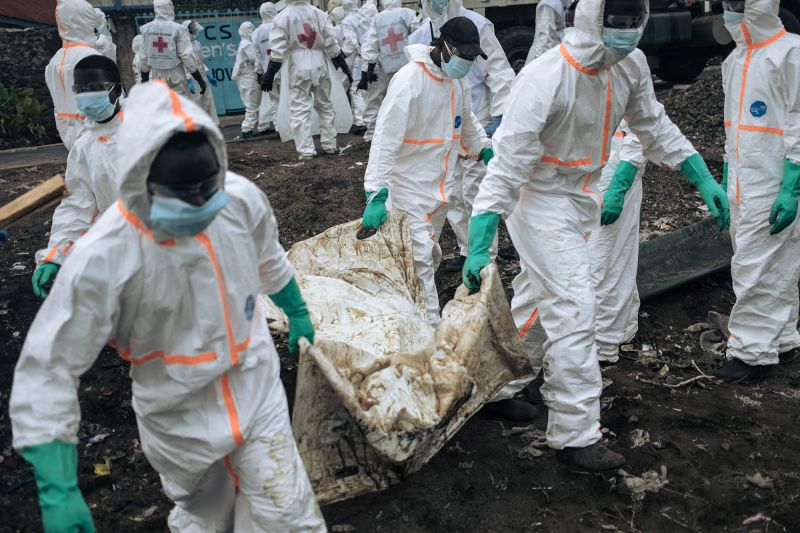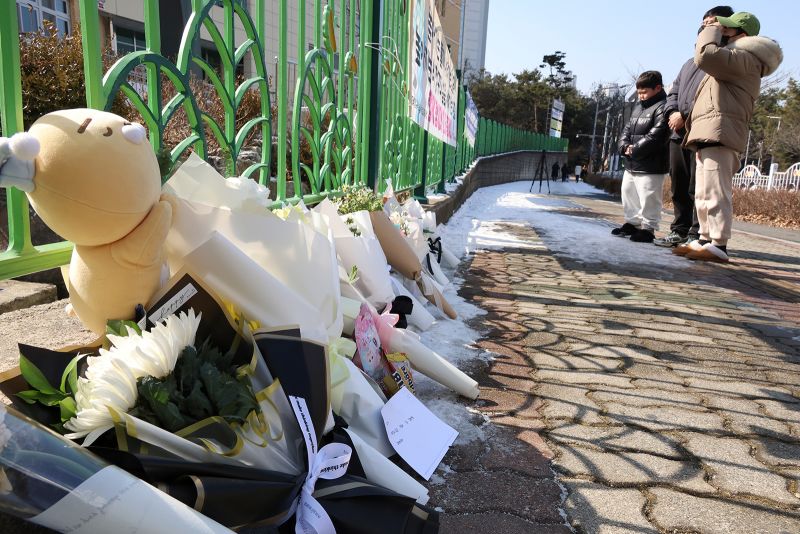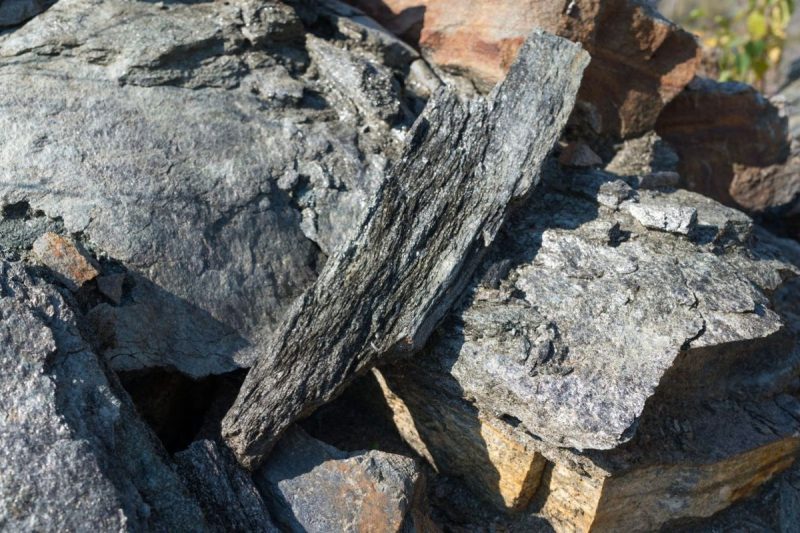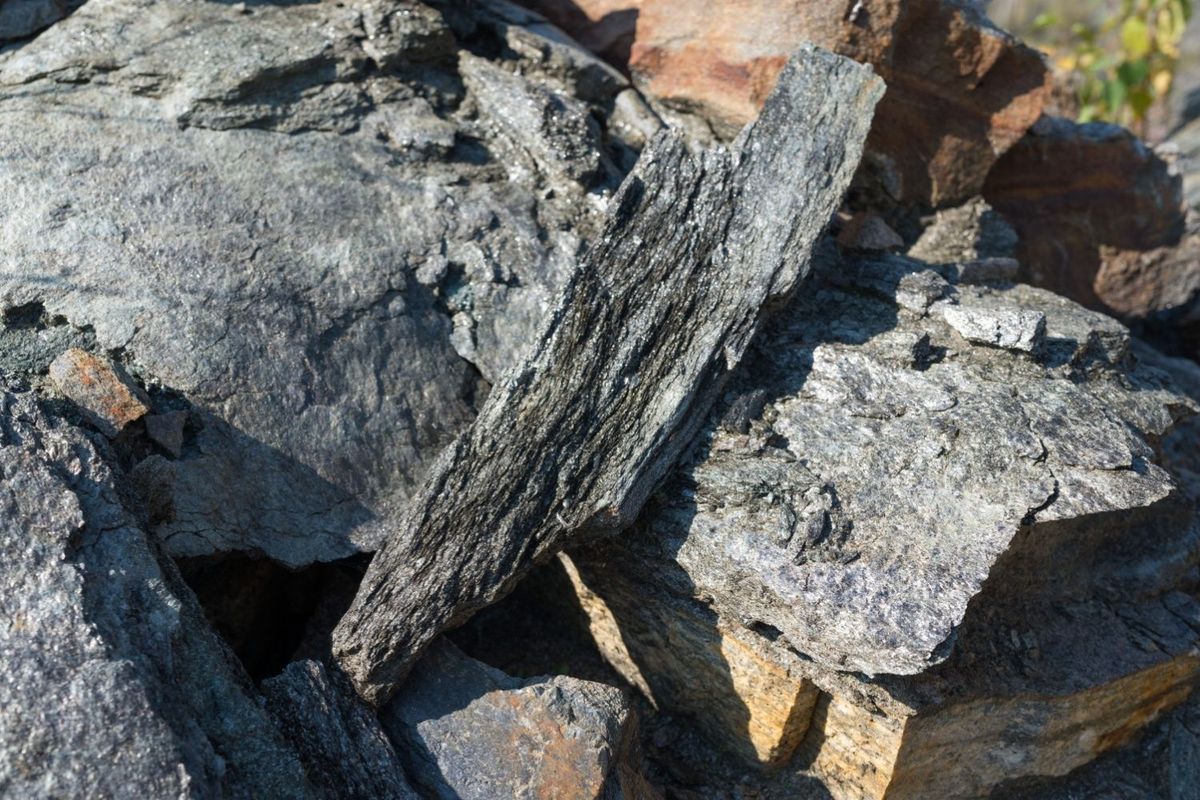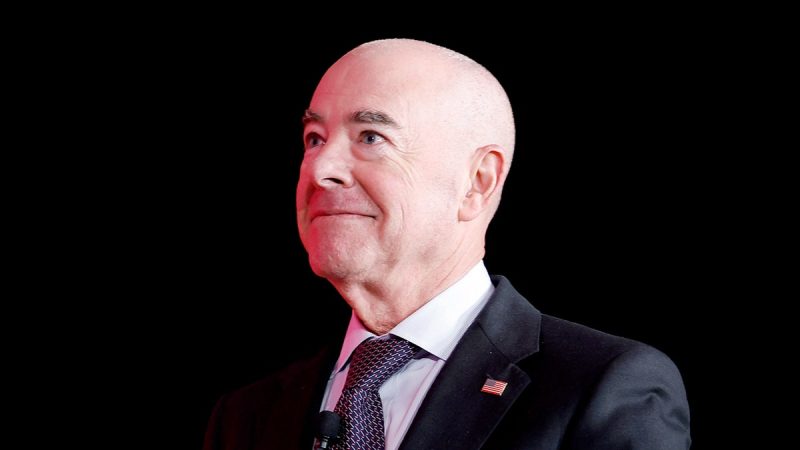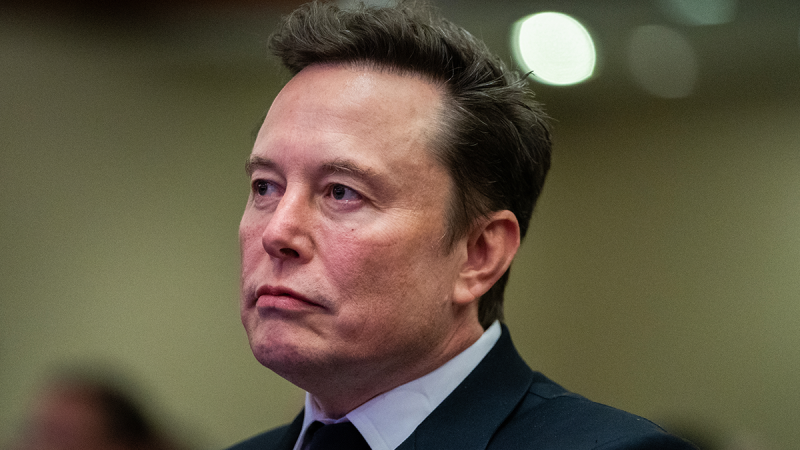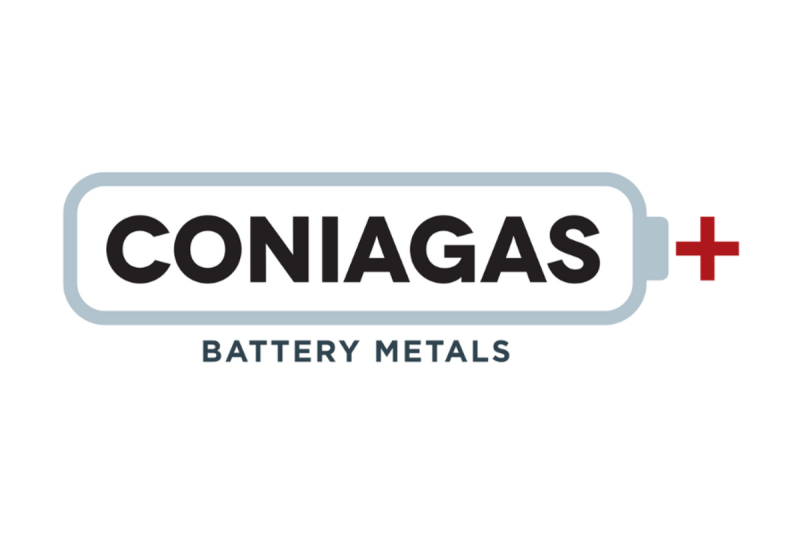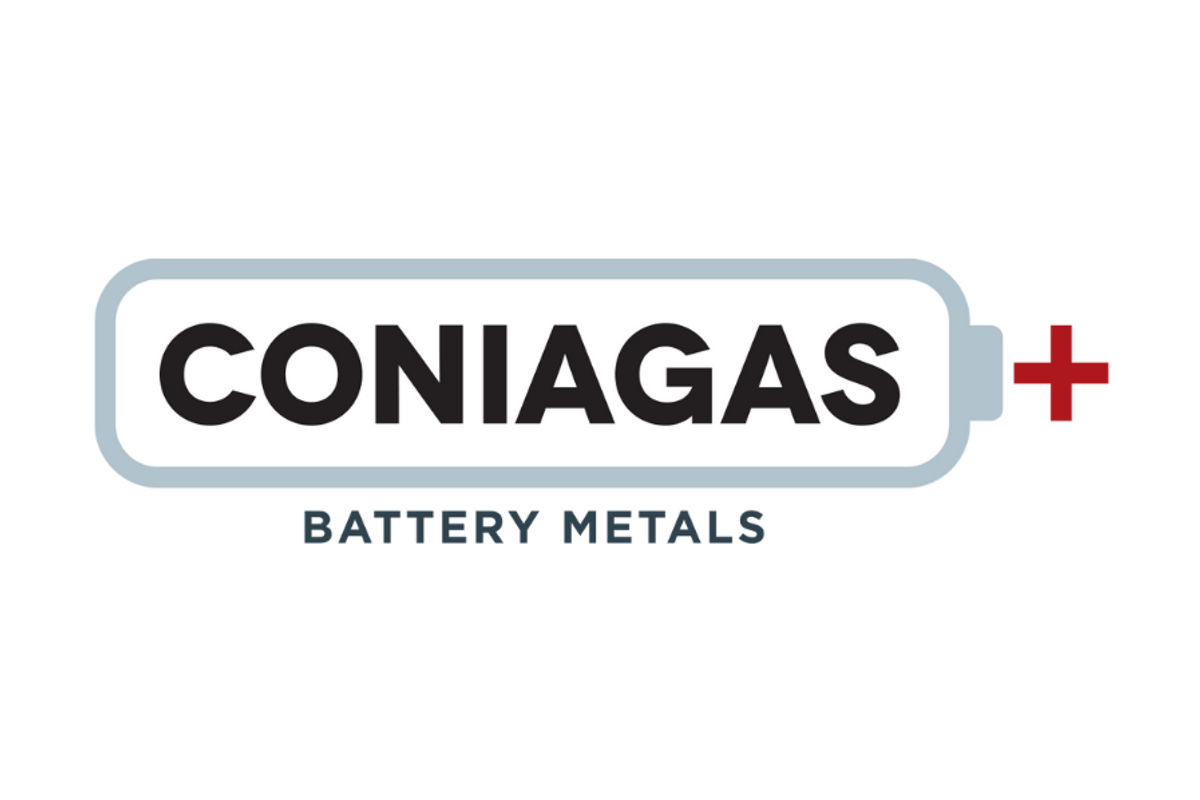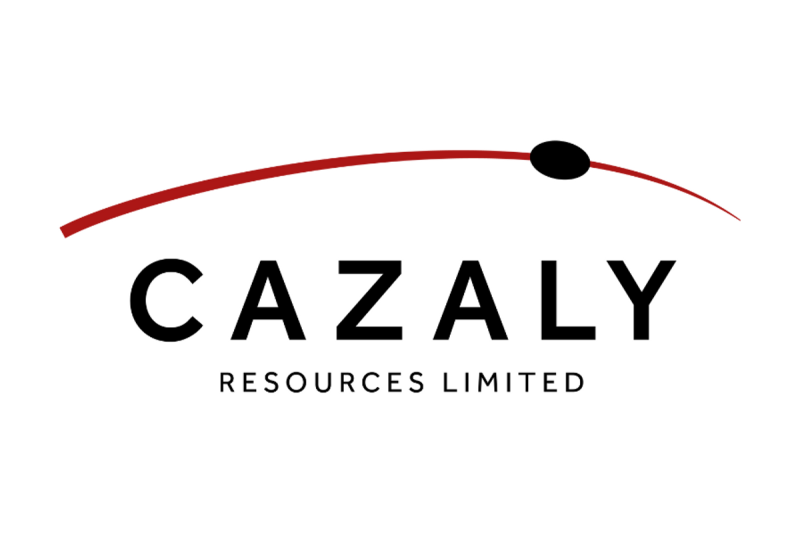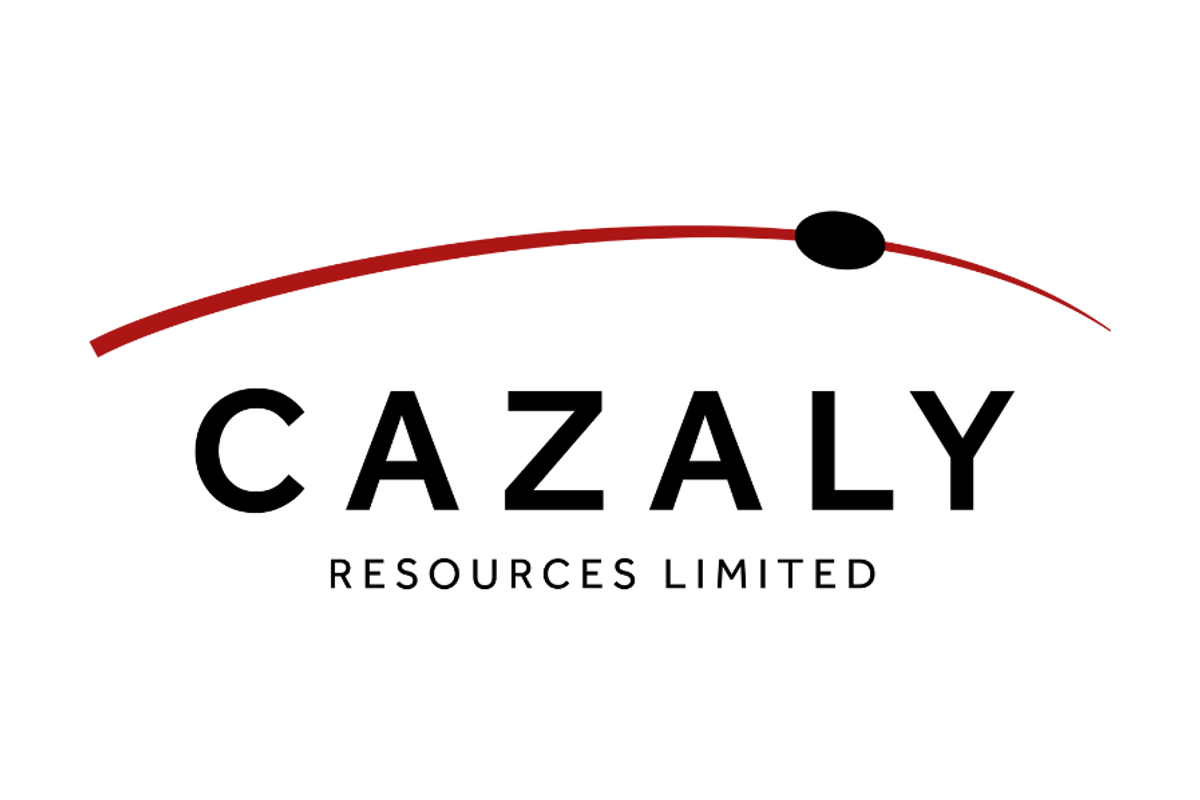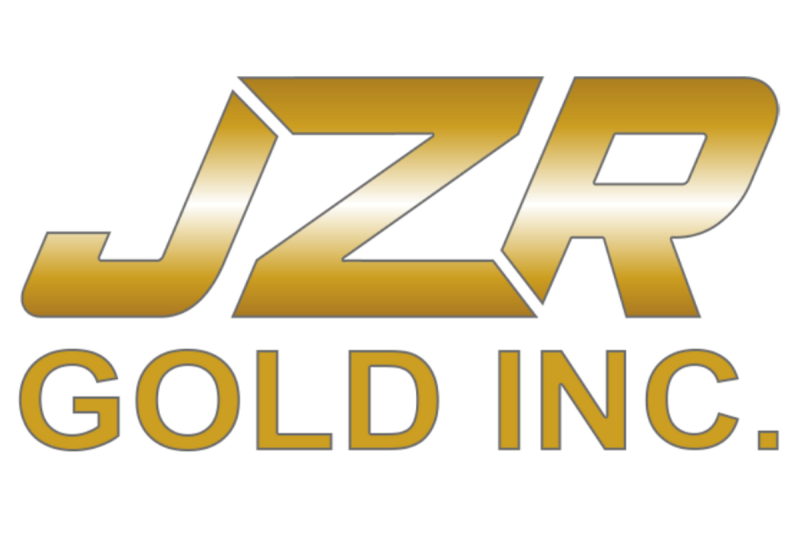
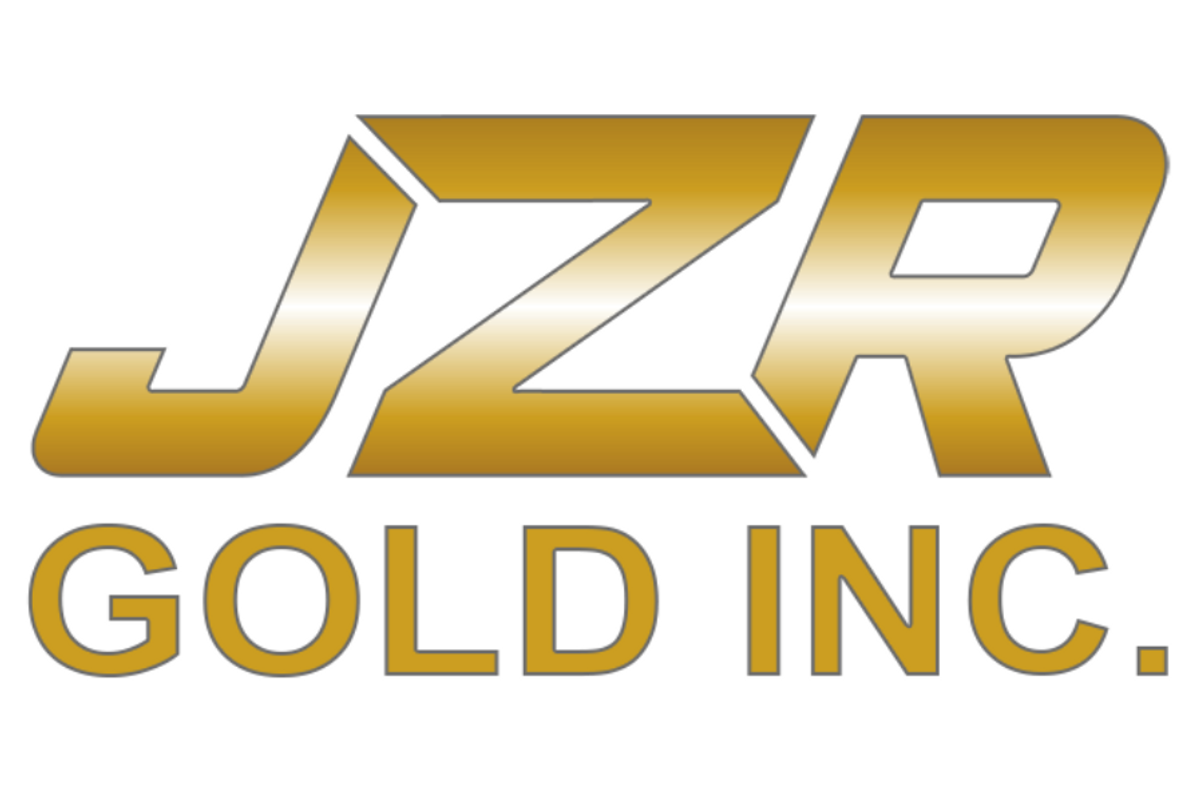
(TheNewswire)
 |
|||||||||
 |
 |
 |
|||||||
NOT FOR DISTRIBUTION TO U.S. NEWSWIRE SERVICES OR FOR RELEASE, PUBLICATION, DISTRIBUTION OR DISSEMINATION, DIRECTLY OR INDIRECTLY, IN WHOLE OR IN PART, IN OR INTO THE UNITED STATES.
February 11, 2025 TheNewswire – Vancouver, British Columbia, Canada JZR Gold Inc. (the ‘ Company ‘ or ‘ JZR ‘) ( TSX-V: JZR ) announces that it has entered into a loan agreement with Eco Mining Oil & Gaz Drilling and Exploration Ltda. (‘ Eco ‘) dated September 30, 2024, pursuant to which the Company agreed to lend to Eco up to US$2,000,000 (the ‘ Loan ‘). The Loan, which bears no interest, is to be advanced to Eco in tranches upon request by Eco. Pursuant to the terms of the Loan, the Company shall have no obligation to advance or make available any funds to Eco and any funds so advanced shall be at the sole discretion of the Company. As of the date of the Loan Agreement, the Company had previously advanced the sum of US$1,800,000 to Eco, which amount forms part of the Loan. Eco may pay back any amount outstanding under Loan at any time without penalty.
The Company possesses a right to receive a 50% net profit interest in gold produced from the Vila Nova gold project located in the State of Amapa, Brazil (the ‘ Project ‘). The Project is currently being developed by Eco as the operator. Eco commissioned the manufacture and installation of a gravimetric mill (the ‘ Mill ‘) for the Project, which Mill has been assembled and is being tested. The Company has advised that Eco requested financial assistance from the Company in order to advance, acquire and assemble the Mill and to further advance the Project. Management of the Company has determined that it is in the best interest of the Company to advance funds to Eco in order to enable Eco to acquire the Mill, bring it into operation and to further advance the Project, and has agreed to advance funds under the Loan to Eco specifically for the foregoing purposes.
As security for the Loan, Eco has pledged to the Company the Mill and certain rights of Eco pursuant to an agreement between Eco and the Cooperative dos Garimpeiros do Vila Nova.
The Company is at arm’s length with Eco and is not a ‘related party’ of the Company within the meaning of Multilateral Instrument 61-101 – Protection of Minority Security Holders in Special Transactions . The Loan is subject to acceptance of the TSX Venture Exchange.
For further information, please contact:
Robert Klenk
Chief Executive Officer
rob@jazzresources.ca
Forward-Looking Statements
This news release contains forward-looking statements, which includes any information about activities, events or developments that the Company believes, expects or anticipates will or may occur in the future. Forward-looking statements in this news release include statements with respect to respect to the details of the Loan, including the repayment terms and the anticipated use of proceeds by Eco. Forward-looking information reflects the expectations or beliefs of management of the Company based on information currently available to it. Forward-looking information is subject to known and unknown risks, uncertainties and other factors that may cause the actual results, level of activity, performance or achievements of the Company to be materially different from those expressed or implied by such forward-looking information. These factors include, but are not limited to: risks associated with the business of the Company; business and economic conditions in the mineral exploration industry generally; the supply and demand for labour and other project inputs; changes in commodity prices; changes in interest and currency exchange rates; risks related to inaccurate geological and engineering assumptions; risks relating to unanticipated operational difficulties (including failure of equipment or processes to operate in accordance with the specifications or expectations, unavailability of materials and equipment, government action or delays in the receipt of government approvals, industrial disturbances or other job action and unanticipated events related to health, safety and environmental matters); risks related to adverse weather conditions; geopolitical risk and social unrest; changes in general economic conditions or conditions in the financial markets; and other risk factors as detailed from time to time in the Company’s continuous disclosure documents filed with the Canadian securities regulators. The forward-looking information contained in this press release is expressly qualified in its entirety by this cautionary statement. The Company does not undertake to update any forward-looking information, except as required by applicable securities laws.
Neither the TSX Venture Exchange nor its regulation services provider (as that term is defined in the policies of the TSX Venture Exchange) accepts responsibility for the adequacy or accuracy of this press release.
Copyright (c) 2025 TheNewswire – All rights reserved.
News Provided by TheNewsWire via QuoteMedia



